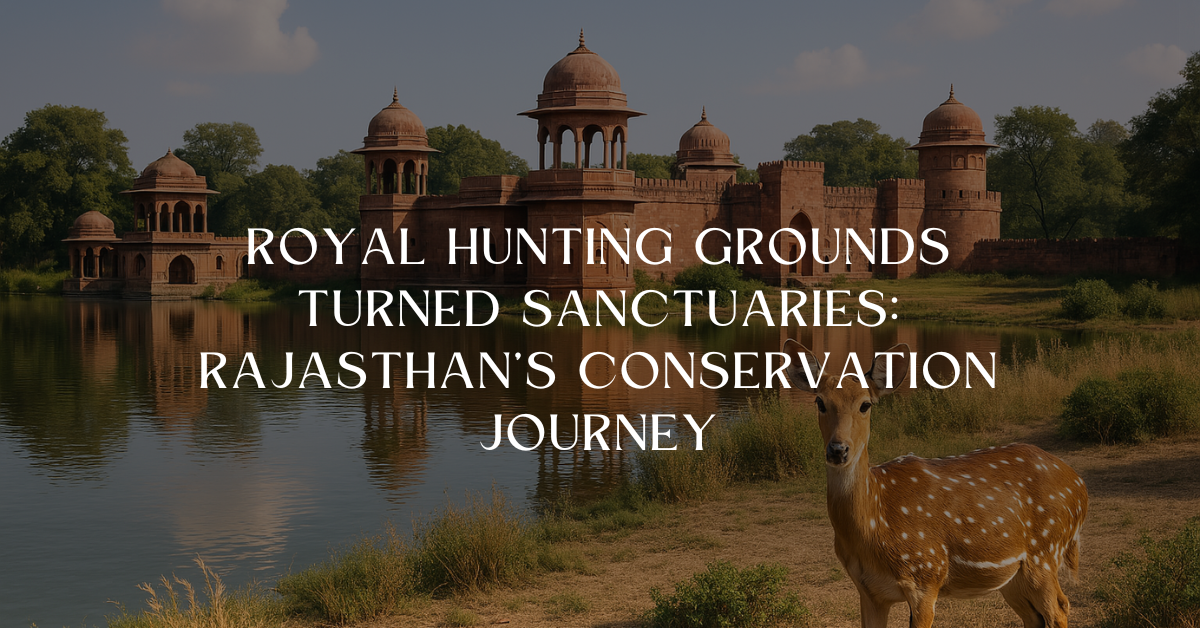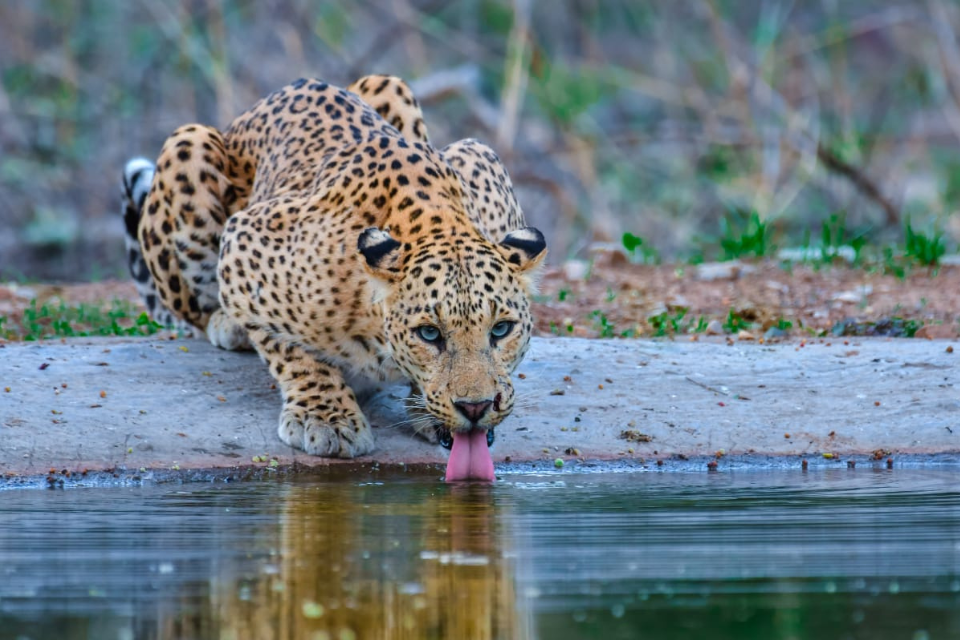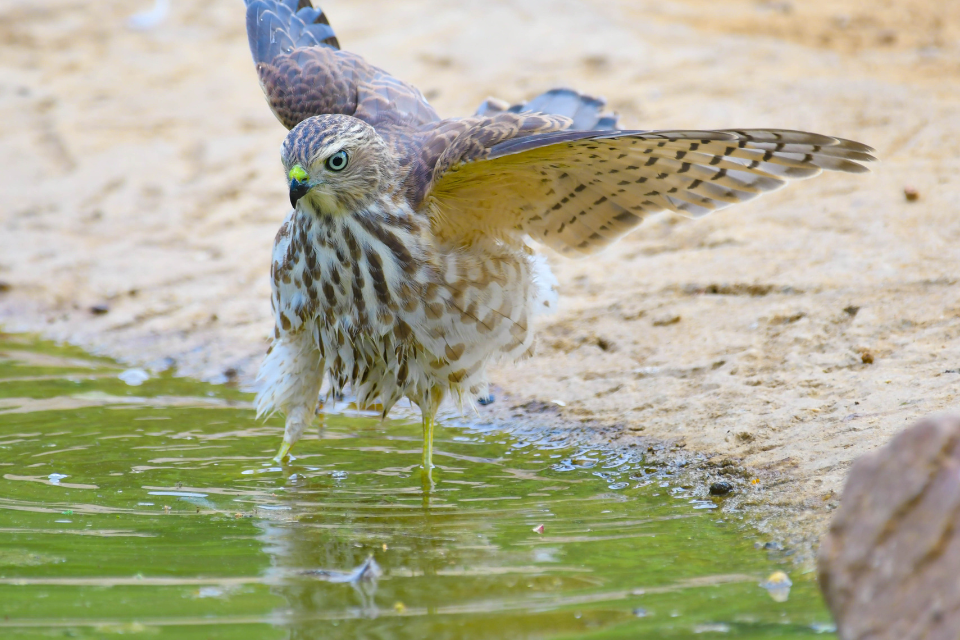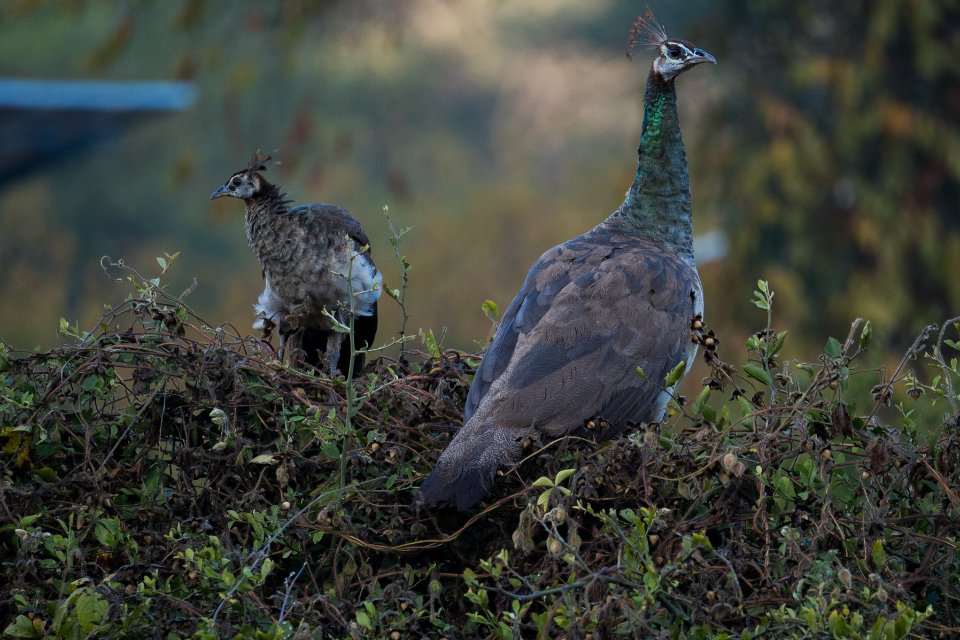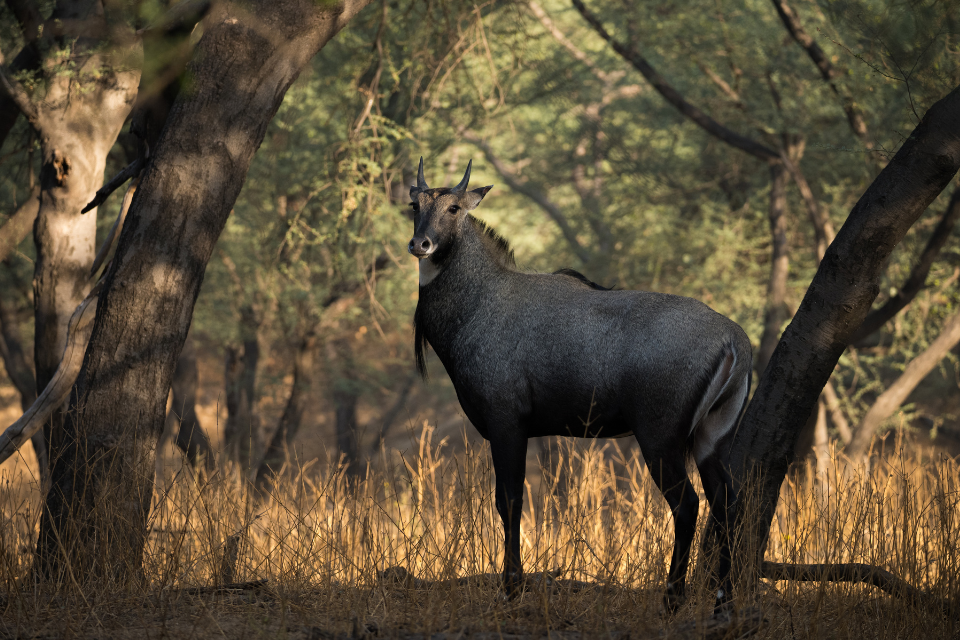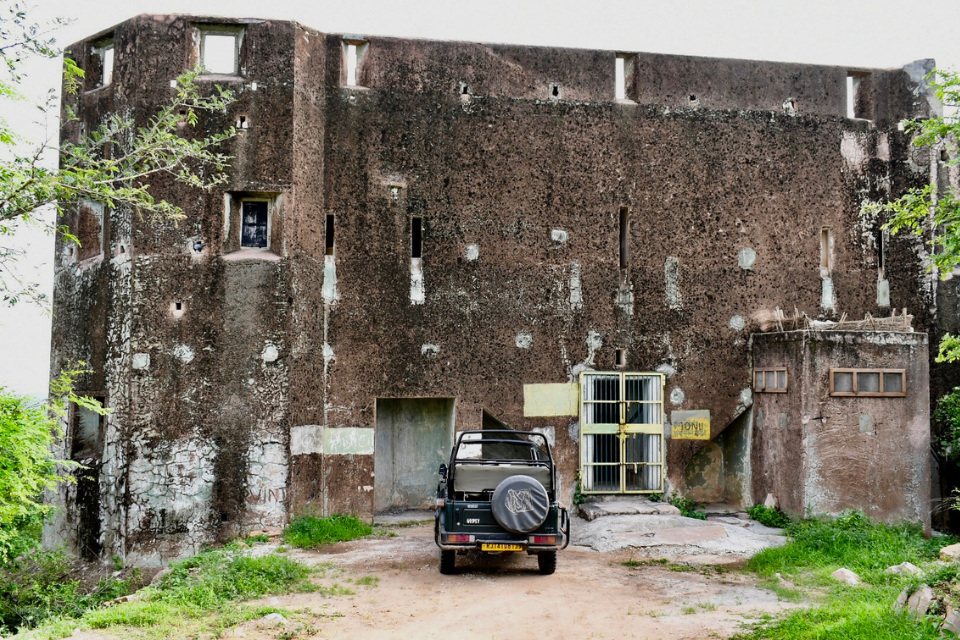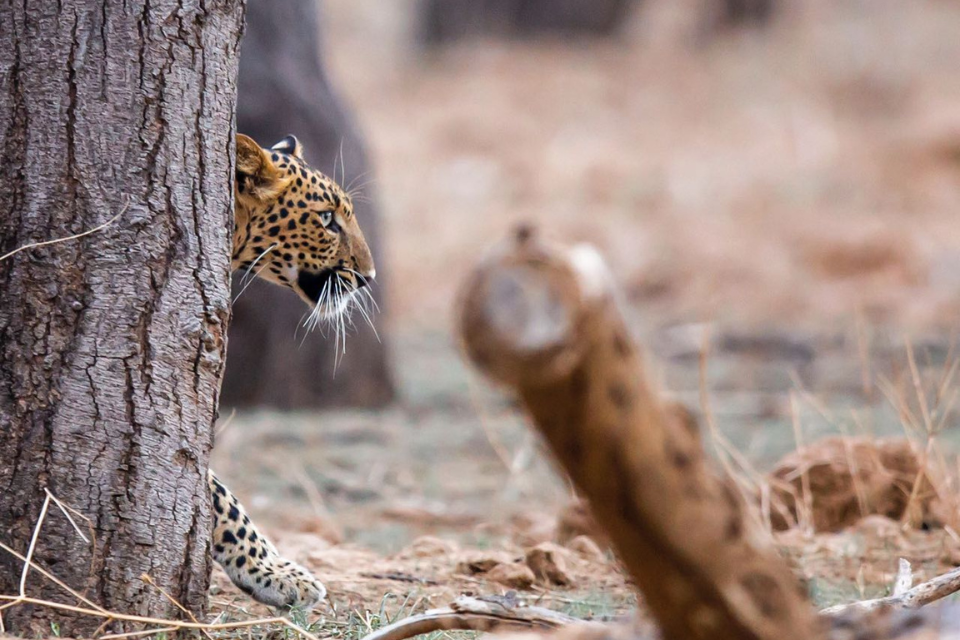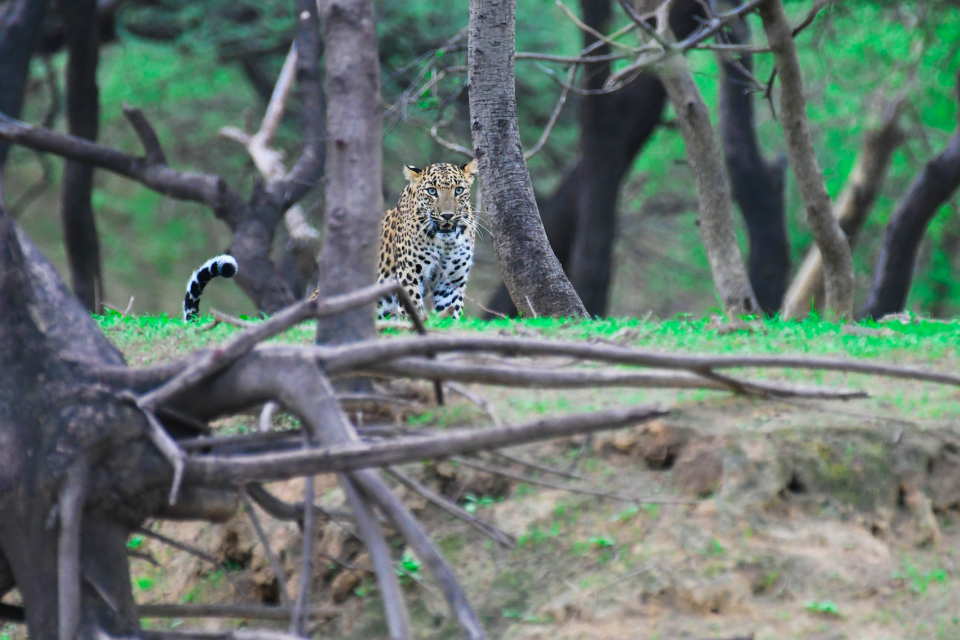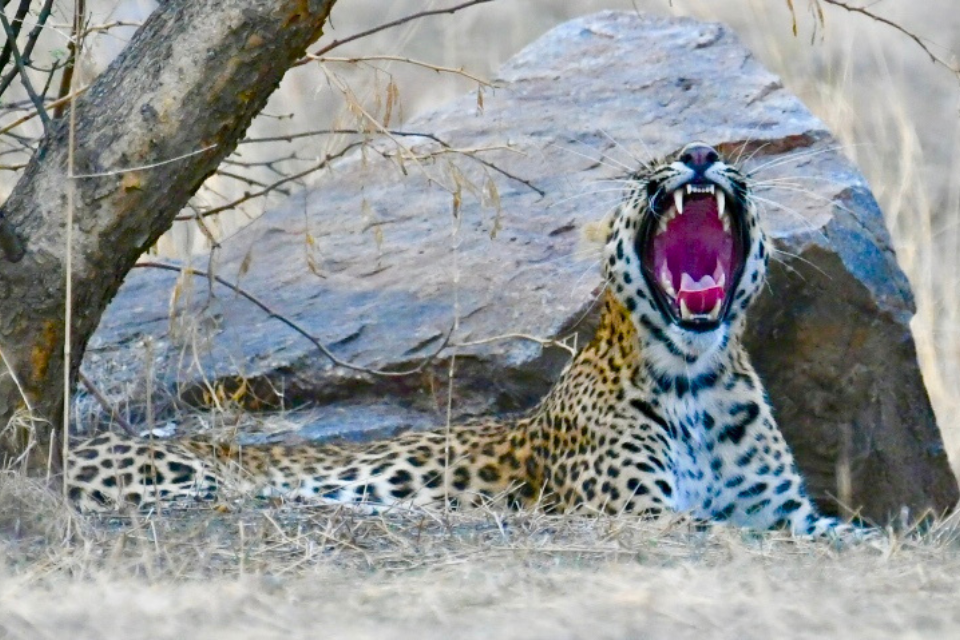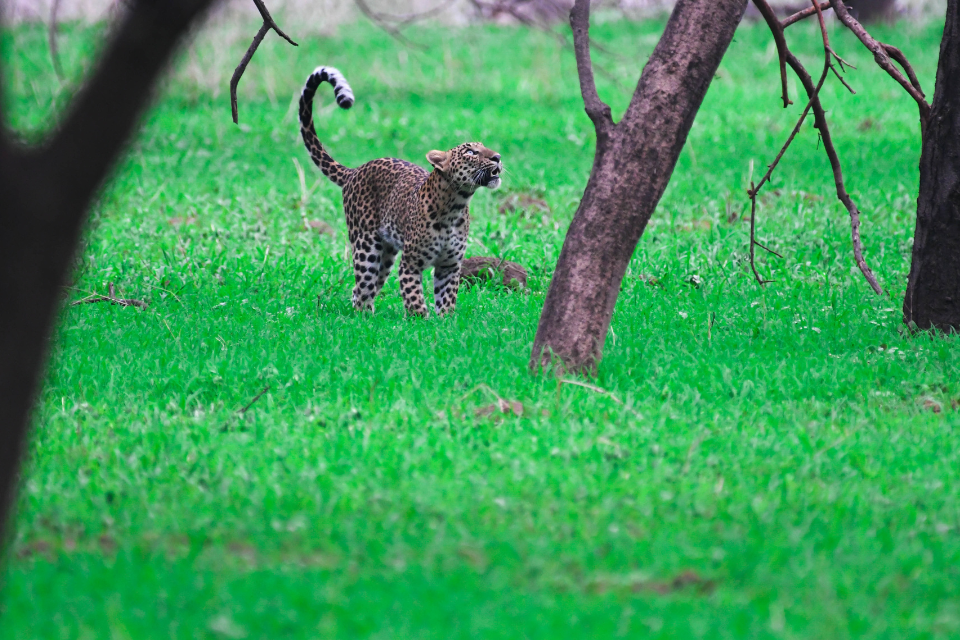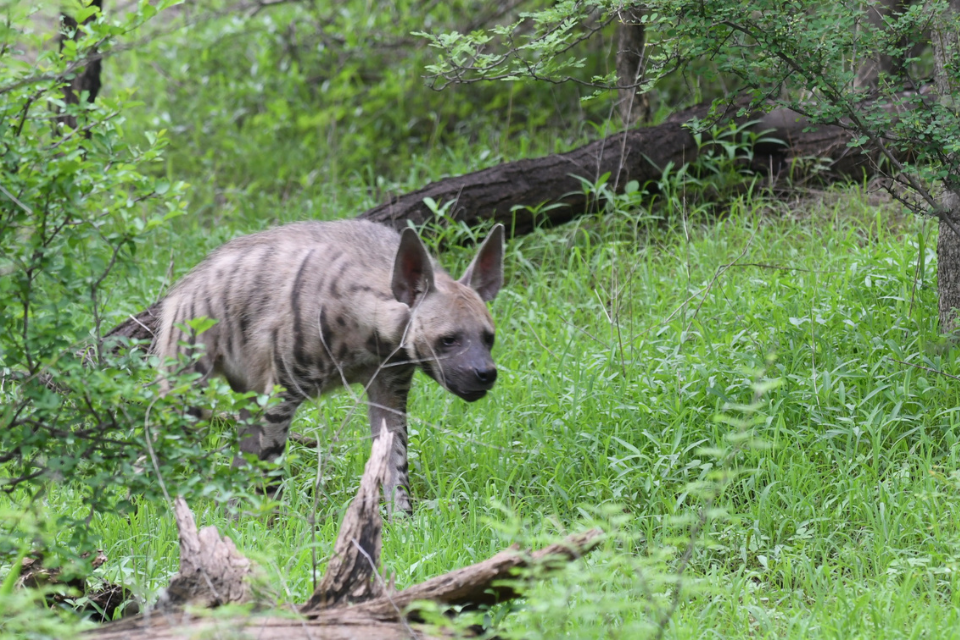- April 12, 2025
Royal Hunting Grounds Turned Sanctuaries: Rajasthan’s Conservation Journey
Rajasthan, a land of maharajas and warriors, has a fascinating history of royal hunting expeditions. In the past, the forests of Rajasthan were used as shikargahs (hunting reserves) for kings and British officers, where tigers, leopards, deer, and birds were hunted as a symbol of power and prestige. However, as wildlife populations began to decline, many of these former hunting grounds were converted into protected sanctuaries and national parks, marking Rajasthan’s transformation into a leader in conservation efforts.
Today, places like Ranthambore, Sariska, and Keoladeo stand as shining examples of successful wildlife conservation. Let’s explore Rajasthan’s journey from royal hunting grounds to thriving wildlife sanctuaries.
- Why Were Hunting Reserves Created in Rajasthan?
During the rule of Rajput kings and British officials (18th–20th century), hunting was considered a symbol of bravery and aristocracy.
✔ Hunting was a royal tradition – Maharajas organized grand hunting expeditions for entertainment.
✔ British officials were gifted hunting rights – Many forests were reserved for British officers to hunt big game.
✔ Trophy hunting was a status symbol – Kings and officers posed with tiger skins, elephant tusks, and mounted heads as proof of their hunting prowess.
✔ Limited access – Common people were not allowed to hunt, making these reserves exclusive to royals and the British elite.
However, overhunting led to a drastic decline in wildlife populations, and by the mid-20th century, many species were on the verge of extinction. Recognizing this, several hunting reserves were transformed into wildlife sanctuaries and national parks.
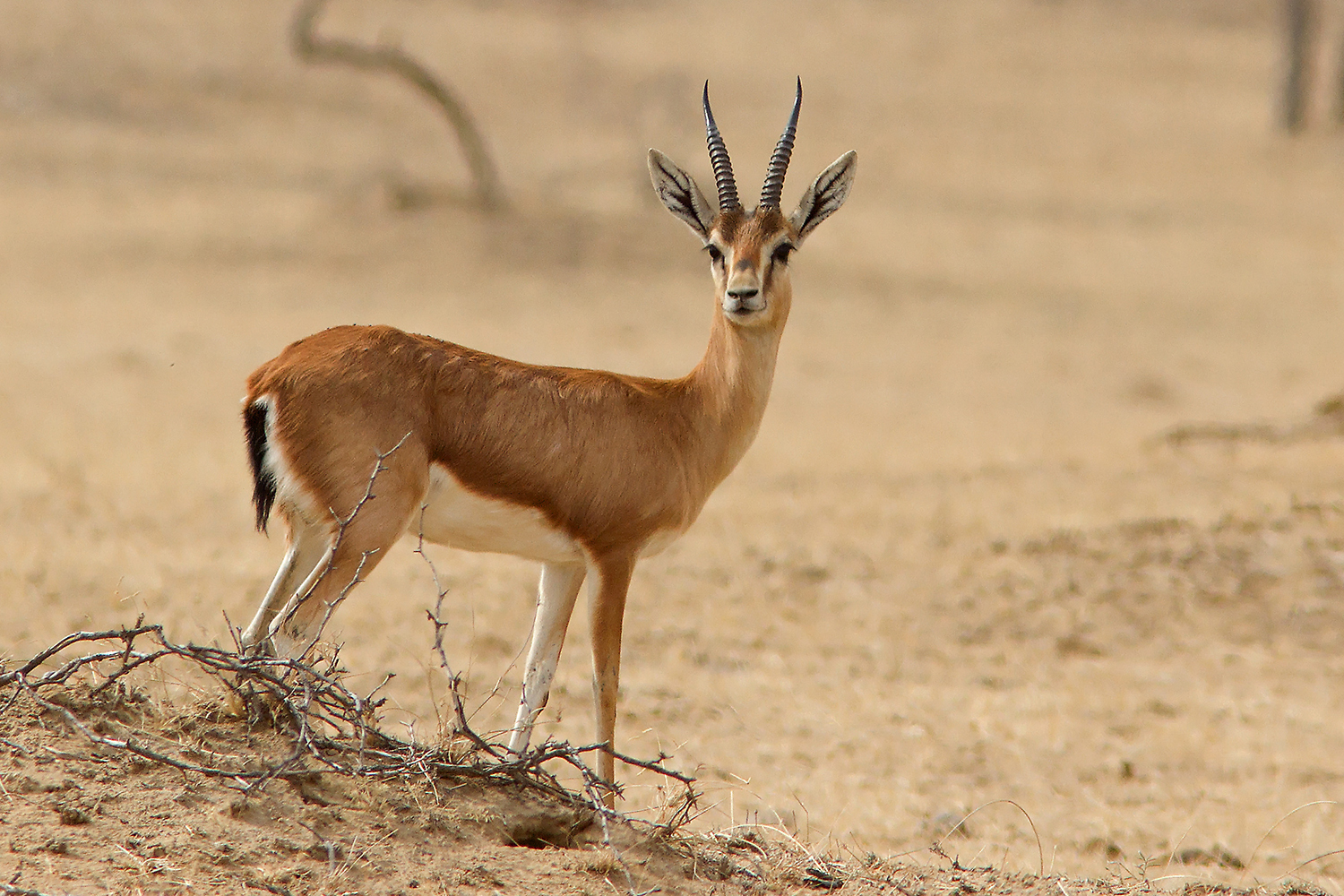
- Rajasthan’s Former Hunting Grounds and Their Conservation Success
🟢 Ranthambore National Park – From Maharajas’ Playground to Tiger Haven
📍 Location: Sawai Madhopur
📏 Total Area: 1,334 sq km (Including core and buffer zones)
🐅 Main Species: Bengal Tiger, Leopard, Sloth Bear, Sambar Deer
🌿 Type of Habitat: Dry deciduous forests with lakes and ancient ruins
Royal Hunting History
- Ranthambore was a hunting ground for the Maharajas of Jaipur.
- The famous Jogi Mahal (now a heritage site) was once a hunting lodge where kings rested after tiger hunts.
- Between 1870–1940, hundreds of tigers were hunted by British officers and Rajput kings.
Conservation Transformation
- In 1955, Ranthambore became a wildlife sanctuary.
- In 1973, it was declared a tiger reserve under Project Tiger.
- Today, it is one of India’s most successful tiger reserves, with a thriving population of over 80 tigers.
🏆 Success Story: Ranthambore is now one of the best places in the world to see tigers in the wild, attracting thousands of tourists and funding eco-tourism initiatives.
🟢 Sariska Tiger Reserve – The First Successful Tiger Relocation
📍 Location: Alwar
📏 Total Area: 881 sq km
🐅 Main Species: Bengal Tiger, Leopard, Striped Hyena, Jackal
🌿 Type of Habitat: Rocky hills and dense forests
Royal Hunting History
- Sariska was a hunting reserve for the Maharajas of Alwar.
- It was famous for its tiger hunts, with kings often showcasing their trophies.
- In the early 1900s, British officials were invited for hunting expeditions.
Conservation Transformation
- Sariska was declared a wildlife sanctuary in 1955.
- It became a tiger reserve in 1978 under Project Tiger.
- By 2004, Sariska’s tiger population was completely wiped out due to poaching.
🏆 Success Story: Sariska became India’s first reserve to successfully relocate tigers from Ranthambore in 2008. Today, it has a growing tiger population, proving that even lost ecosystems can be revived.
🟢 Keoladeo National Park – From Royal Duck Shoots to a UNESCO Heritage Site
📍 Location: Bharatpur
📏 Total Area: 29 sq km
🦢 Main Species: Siberian Crane (rare), Painted Stork, Bar-Headed Goose
🌿 Type of Habitat: Wetlands and grasslands
Royal Hunting History
- Keoladeo (Bharatpur Bird Sanctuary) was originally a duck hunting reserve for the Maharajas of Bharatpur.
- The largest duck shoot in history took place here in 1938 when British Viceroy Lord Linlithgow killed 4,273 birds in a single day!
- The shallow wetlands were artificially created to attract birds for royal hunting.
Conservation Transformation
- Hunting was completely banned in 1972.
- In 1982, Keoladeo was declared a national park.
- In 1985, it became a UNESCO World Heritage Site due to its importance for migratory birds.
🏆 Success Story: Keoladeo is now one of the world’s top bird sanctuaries, attracting birdwatchers, researchers, and eco-tourists from across the globe.
🟢 Mukundra Hills Tiger Reserve – Rajasthan’s Newest Tiger Habitat
📍 Location: Kota, Bundi, Chittorgarh
📏 Total Area: 759 sq km
🐅 Main Species: Bengal Tiger, Leopard, Wild Boar, Nilgai
🌿 Type of Habitat: Hills, river valleys, and dry forests
Royal Hunting History
- Mukundra Hills was a hunting ground for the rulers of Kota.
- The area was famous for big game hunting, including tigers and deer.
Conservation Transformation
- It was declared a sanctuary in 1955.
- In 2013, Mukundra was recognized as Rajasthan’s fourth tiger reserve.
- The first tigers were relocated from Ranthambore in 2018.
🏆 Future Potential: Mukundra is still developing as a tiger reserve, but with proper protection, it can become a major conservation success story.
- Challenges in Rajasthan’s Conservation Journey
Despite these successes, wildlife conservation in Rajasthan still faces major challenges:
🚜 Habitat Loss – Forests are shrinking due to urban expansion and farming.
⚠️ Poaching – Illegal hunting still threatens species like leopards and pangolins.
🏡 Human-Wildlife Conflict – Tigers and leopards entering villages often lead to retaliation killings.
💰 Funding Issues – Many reserves lack proper funding for security and infrastructure.
🌡 Climate Change – Rising temperatures affect desert and wetland ecosystems.
Solutions:
✔ Stronger laws and patrols to prevent poaching.
✔ Eco-tourism to generate funds for conservation.
✔ Community involvement to reduce conflicts with wildlife.
- Conclusion: A Remarkable Conservation Success Story
Rajasthan’s transformation from royal hunting grounds to wildlife sanctuaries is one of India’s greatest conservation success stories.
✔ Tigers have made a comeback in Ranthambore and Sariska.
✔ Keoladeo has become one of the world’s best bird sanctuaries.
✔ Leopards thrive in Jhalana, Nahargarh, and Mukundra.
With continued conservation efforts, Rajasthan can protect its wildlife for future generations, ensuring that the forests that once echoed with gunshots now remain home to thriving ecosystems.
🌿 What are your thoughts on Rajasthan’s conservation journey?
Disclaimer All images used in this blog are either sourced from public domain or credited to their respective owners. If you are the copyright holder of any image and wish to request its removal or proper attribution, please contact us at [email protected]
